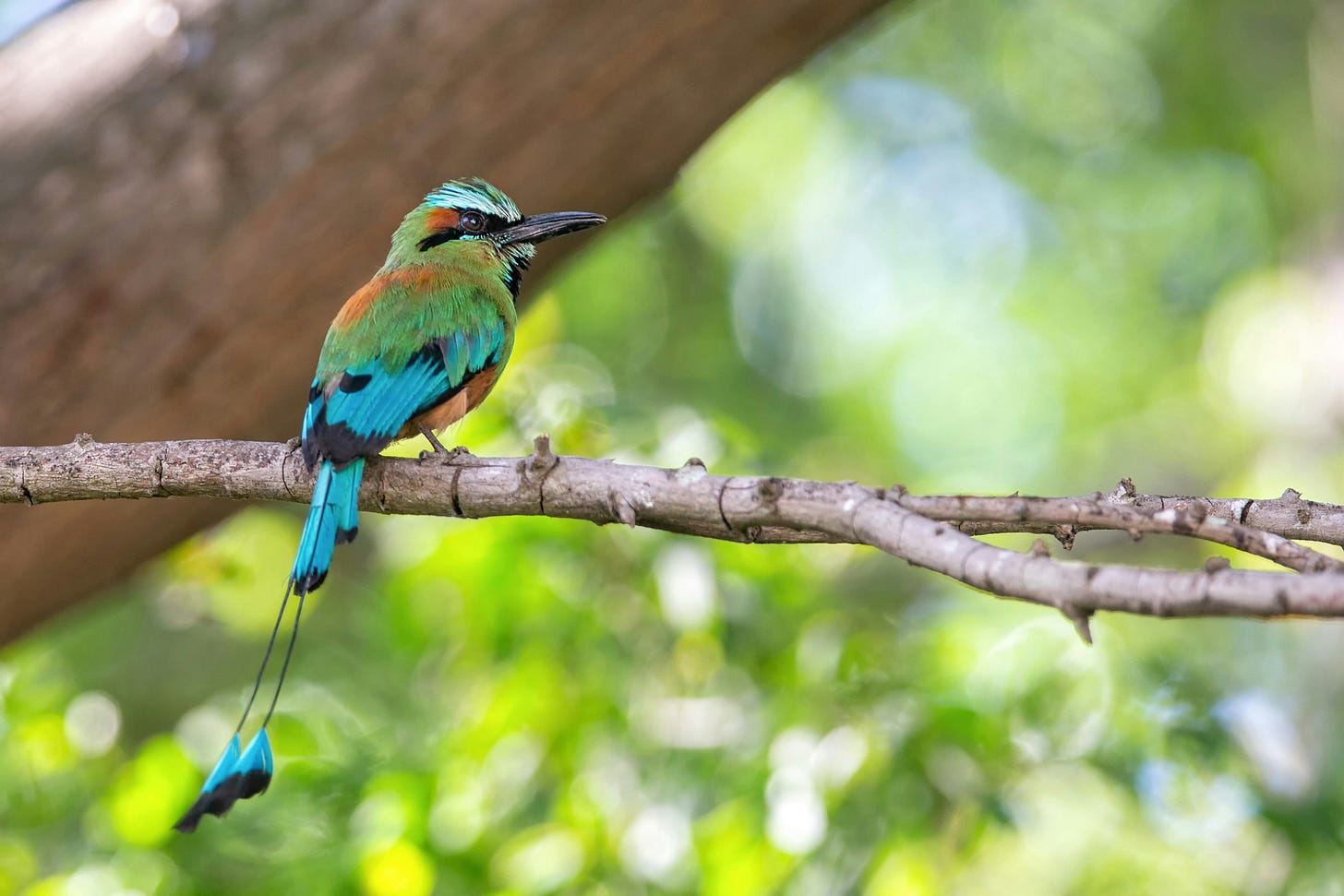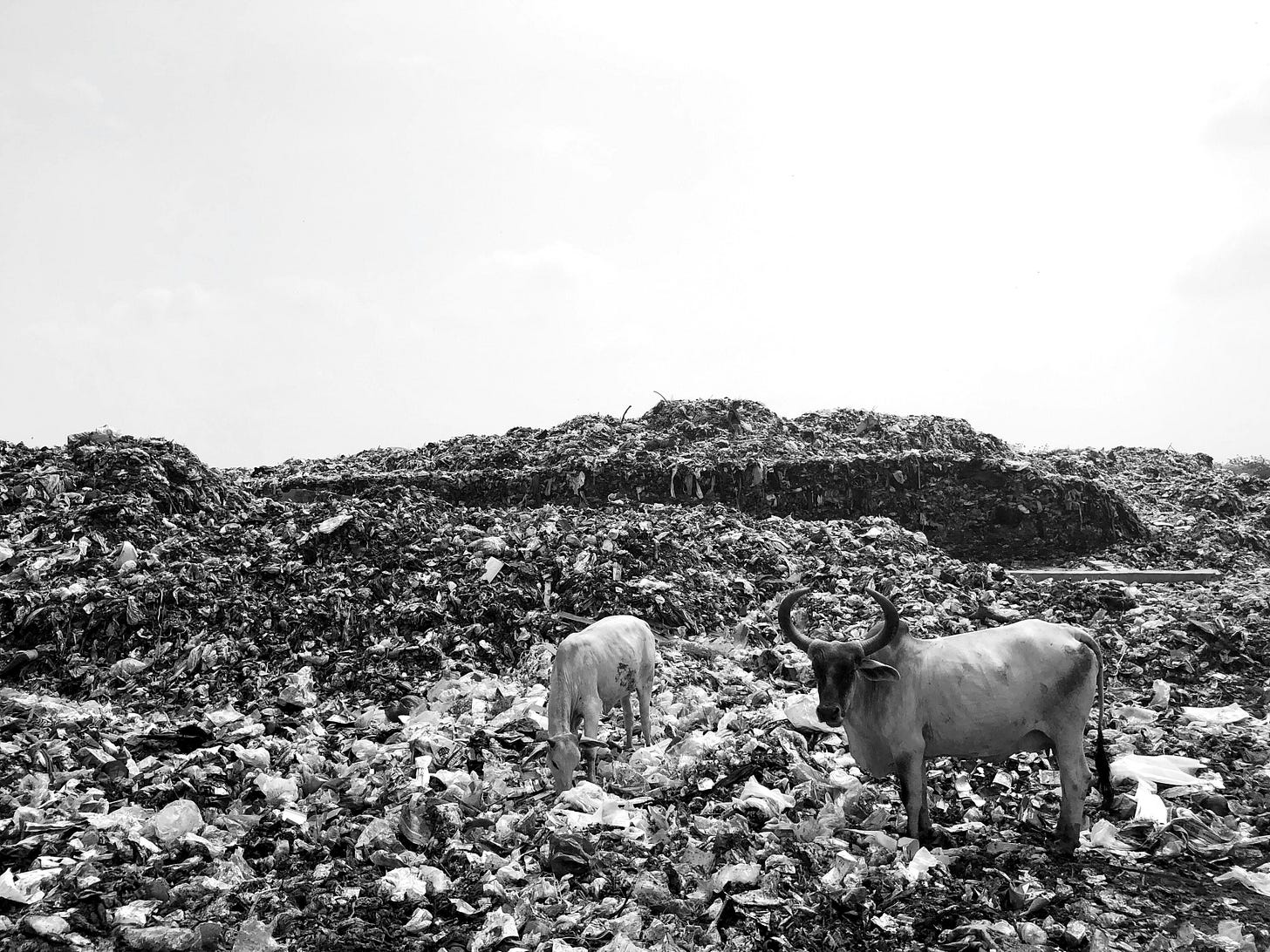To the untrained eye, it might have appeared that we were just another group of gringos with wide brimmed hats and cameras slung around our necks chasing after the Turquoise-Browed Motmot, the flamboyant national bird of Nicaragua. But on this trip, we were after something much more elusive: the thrill of connection, the daring of purpose and the adventure of service. What we discovered was priceless.

For three years running in the mid-aughts, I traveled with a group out of New York City to visit their Sister City, a small town in Nicaragua called Tipitapa. Located between Lake Managua to the north and Lake Nicaragua to the south, the township of Tipitapa was said to be the poorest county in the poorest country in Central America, and sadly, it still appears to be so designated, twenty years on.
Dos Pueblos, the New York non-profit, partnered with Compalciht, their non-profit counterpart in Tipitapa, to make common cause in uplifting the poorest township through various community development projects. Dos Pueblos was tasked with raising the capital funding for the programs, but it was up to Compalciht to coordinate leadership, identify needs, design programs, and oversee the local communities doing the work necessary to make each project succeed. I was eager to see this part of the world and to discover how this special international alliance provided tangible benefit and enrichment to both parties. I re-upped my passport, got the mandatory travel vaccines against yellow fever and hepatitis, and joined the group in Managua.
They arranged the trip during the dry season, early springtime. The local partners met us at the airport and arranged our transport to the hotel in Tipitapa, which was small enough that we took it over in its entirety for the week. That was a good thing, because the hotel in other times would accommodate a different clientele that paid by the hour. The patrons accessed their room from a parking space that was enclosed with a curtain, securing complete privacy. When they were done, they’d pull the curtain back and carry on down the road.
None of that happened when we were there, but the story that we stayed in the local sex motel raised more than a few eyebrows. Otherwise, it was a clean and pleasant stay, especially if you didn’t mind the bugs that clung to the block walls or scurried across the floor.
The owners of the hotel treated us to a lovely breakfast every morning on the outdoor patio where we would discuss the daily itinerary. The schedule was packed from morning til evening, with visits to various communities in and around Tipitapa to see all of the projects in action: installation of new wells for clean water, children’s nutrition and education centers, community medical clinics, childcare for working parents, community gardens, the pig project, computer center, sports fields, and women-run small businesses whose on-going operations fed back into the community.
We heard from the local mayor and met with business leaders. We toured the international garment factories, highly secured facilities with armed guards posted outside to keep workers in and intruders out. We met the brave union organizers who were trying to unionize the labor force at great risk to their own personal safety. We saw first-hand how these programs upgraded and uplifted their communities. And we witnessed the widespread destitution and poverty of other communities that did not have the benefit of this kind of sister-city partnership.
Throughout Nicaragua, stray dogs roam the streets, a difficult sight for us Americans who treat our pets like esteemed members of our families.
Highways and main streets are generally paved, but secondary streets are not. Utilities and public services are subject to outages, and are especially unreliable or unavailable in the smaller towns and rural areas. The wide gap between those who have resources and those that don’t is punctuated by the use of private uniformed and armed guards with rifles strapped to their backs who patrol the streets to protect upscale neighborhoods and enclaves.
There was one particularly unforgettable visit to La Chureca landfill in Managua. Hundreds of families actually live in the dump, make their living and farm their animals there. Men, women and children chase after the trucks as they come in to dump their fresh trash loads into great mounds of debris across acres of open trash piles in order to find anything edible, anything of value that they might be able to sell, trade, use, wear or eat. They forage for food, prepare found food, make shelters, and sleep in the dump. Just as disturbing and even more heart-wrenching is the fact that there are an estimated fifteen thousand “street children,” ages 7 to 15, living in the streets of Managua, without support, without education, and without homes, easy prey for exploitation on so many levels.

We saw it all in Nicaragua, scenes that I can never unsee, nor do I ever want to forget. We saw the most extreme conditions – the poorest of the poor, the most exploited, the most downtrodden and degraded. And we were witness to the best of humanity as well - folks coming together in common support with open hearts, building goodwill and trust, strengthening the fabric of society with kindness, compassion, dignity and respect.
The Nicaraguans have seen it all too. Indigenous tribes settled Tipitapa long before the Spanish colonialists “founded” the region in 1755. They have lived through both Spanish and English colonial rule, including a one-year stint by the American physician, lawyer and mercenary William Walker who installed himself as President of Nicaragua in 1856 and in that brief year re-instituted slavery and invoked English as the national language. An uprising and military coalition led by Costa Rica forced him to resign the next year. His ill-considered effort to re-conquer Central America three years later resulted in his arrest and execution by the Honduran government.
US intervention in the internal affairs of Nicaragua continued to destabilize the country, seguing into a military coup by Anastasio Somoza García who seized power and whose family ruled the country for 44 years. The Sandinista revolution of the 1960’s and 70’s finally toppled the Somoza dictatorship, defeating the US-backed Contras, and leading to the revolutionary government of Daniel Ortega. There have been elections and various presidents voted in and out of power since then: Violeta Chamorro, Arnoldo Aleman, Enrique Bolanos and again Daniel Ortega who is still in power, now co-leading the country as of this year with his wife, Rosario Murillo.
This mighty nation has survived hundreds of years of despotic rule and revolution, alternating cycles of tyranny and liberation. And through it all, the beautiful people of Tipitapa and Nicaragua have made their own way, surviving in spite of the crushing tides of power and domination, like their whimsical national bird, the turquoise-browed motmot, or guardabarranco, the “guard of the ravine,” otherwise known as the “clock bird,” wagging its tail like a pendulum marks time, and guarding its territory with a wise and patient brow.





The story flew into realms I did not expect, historic and both beautiful threaded by the beauty of the bird! Great!
What an amazing account. I can’t get the images of people living in the dump and foraging for their food there… and the children. What an interesting and informative article. It makes it so clear why so many people take on impossibly dangerous journeys in hope of a life over the rainbow. Thanks, Eve, for this. So well written.